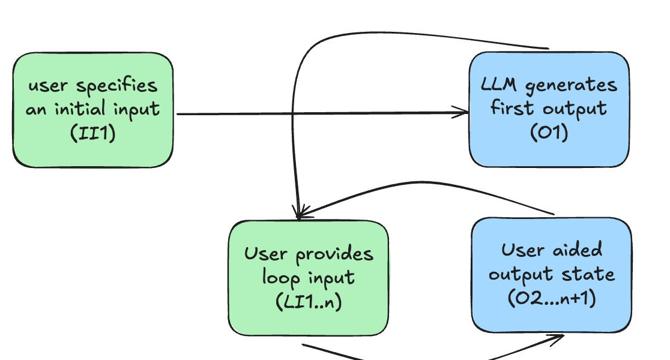ADPList’s Newsletter
4M
279

Image Credit: ADPList’s Newsletter
How to design for AI
- Designing for AI isn’t just about coding models or optimizing algorithms. This week, Ishaani Mittal unpacks her 7-step framework for designing AI experiences that balance technical rigor with human needs. The Core 7 Stages: Understand the capabilities of GenAI technology used; Understand the core need and final outcome that the user wants to achieve; Define the partnership between Humans and AI; Think in terms of user loops; Get ethical; Define the production requirements; Iterate on the design.
- Most use cases in the industry you will work on will not expose the general purpose model like GPT, Claude, Llama, etc., as is. Think at a high level about what modality of input/output the system can take/generate: text, image, audio, video.
- Understand the core need and final outcome user wants to achieve. Ask questions like, what is the job to be done? Does this particular use case have the potential to change the personas who currently work in this domain?
- To define the partnership between humans and AI, ask questions like, does the user generally enjoy doing this work and does technology better fit one of these partnerships?
- Think in terms of user loops, which are an interaction design paradigm that defines user actions in terms of inputs and outputs. The gap that bridges the inputs and outputs forms a single user loop.
- Get ethical. It's also important to take ethical considerations into account when designing AI experiences. Start by exploring what values and principles your organization believes in and then work to apply those values to the design of your product.
- Define the production requirements and ask yourself, what are the service-level definitions, how will the product scale, and what is the optimal infrastructure?
- Iteration is key. As you work through the steps of the design process, it’s important to take a step back and assess whether or not the product aligns with the initial goals and principles laid out during the product discovery phase.
- By following the 7-step framework to design for AI, you can balance technical rigor with human needs. It opens up a new world of possibilities and helps organizations tackle some of the most challenging problems.
- This is an impressive guide for designers to make AI products that don't just function—but inspire.
Read Full Article
16 Likes
For uninterrupted reading, download the app